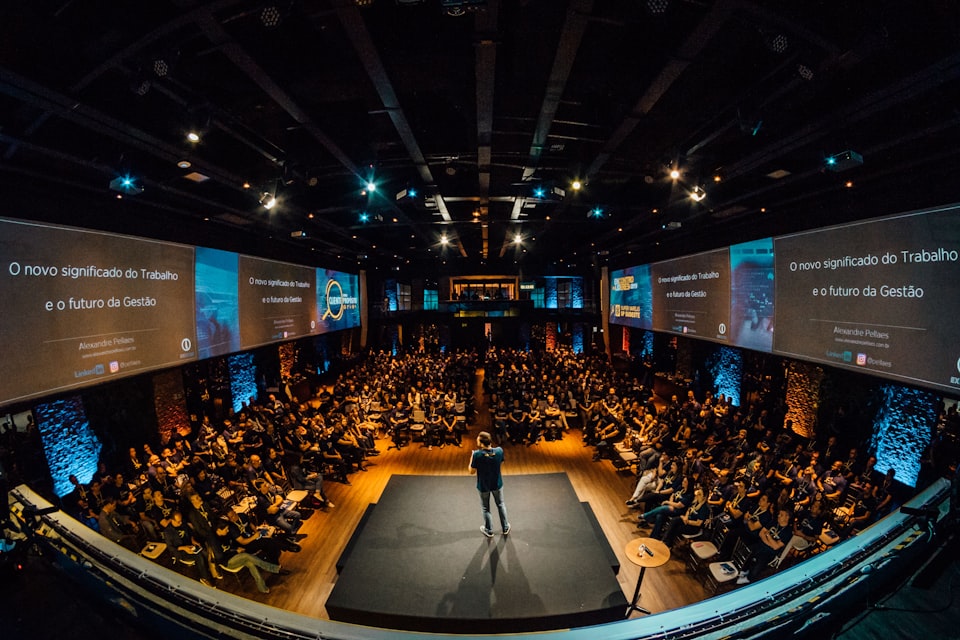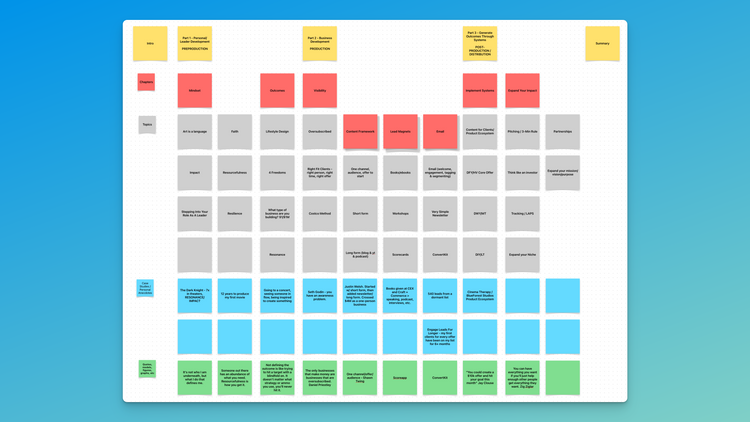Let's solve the "niche" debate once and for all...

There is still too much debate around defining and narrowing your niche. So today, I want to put an end to the debate, once and for all, and help you identify three things:
- How to define a niche
- How big a niche you need
- What to do next
Let's dive in...
"You gotta keep trying to find your niche and trying to fit into whatever slot that's left for you or to make one of your own."
~ Dolly Parton
How To Define A Niche
I've heard too many answers to this, and believe that's why people are still confused.
There's the method where you define your market, then your sub-market, then your niche. So, marketing > content marketing > bloggers.
Ok, that's certainly one way. The problem that I see with that approach is that it relies too much on demographics. The best niches are the ones that align around desires.
Just because someone is a blogger doesn't mean they'll be interested in your business by default.
Adding to the description their desires requires you to get into the heads of your ideal customer, or niche, and truly understand what they want, what they're struggling with, what they need, and how your business helps in all three areas.
But there's an even easier way...
This concept was shared by Shawn Twing in a recent podcast episode. Here's his amazing quote:
"If I could distill [entrepreneurship] down to a single idea, the thing that makes something successful or not, the idea is...success comes from putting the things that you do exceptionally well adjacent to the people that overvalue those things."
(He credits the book Diaminds by Roger Martin for this idea, but I couldn't find it in there anywhere...)
I LOVE this concept. Success comes from your ability to put the things you do in your business in front of the people that overvaluethose things.
When you do that, everything becomes easier. Your values align, your offers are enticing, people want to work with you, and show up to your business pre-sold.
I can attribute over $50,000 in revenue last year to this very principle. It's completely shifted my approach to marketing from an over-reliance on social media to becoming very targeted in getting in front of people who already have an audience that overvalues what I do.
The Minimum Viable Audience
So, how big an audience do you need? The simple answer, coined by Brian Clark, is the Minimum Viable Audience. I've written about this as well in my book, and the concept is simple.
Ready for a little math?
Everyone goes through the same customer journey, and you can use standard "conversion rates" to understand how big of an audience you need.
For example: 2 clients may require 10 sales calls (20% CR), which require 100 leads (10% CR), which takes 1,000 prospects (10% CR) and an audience of 10-100x depending on how frequently you need to generate those results (weekly, monthly, yearly, etc).
So you need to have an audience of people many times greater than your personal audience to pull from. At some point, you'll have a large enough personal audience for you or your business that you can rely less on social media, ads, and other forms of marketing, and simply keep serving the existing audience you have built.
What To Do Now?
Take action. Information doesn't grow your business, implementation does. Identify your audience that overvalues what you do. For me, for example, it's people working in video production, podcasting, and there's some potential among creative entrepreneurs, though they currently take more convincing...
Any time I show up on a podcast catered to video business owners or podcasters, I get 10x more engagement, new leads, and clients. That's the power of this principle.
Once you've identified your niche - the people who overvalue what you do - seek out 20-50 sources that can consistently generate new leads when you get in front of their audiences. Newsletters, podcasts, YouTube channels, blogs, social profiles.
You can start by commenting and engaging with social posts. Build relationships. Then offer to sponsor their content, test the waters as far as how engaged their audience is when presented with an offer. Then look at joint ventures, like the 10k Creator show I did with Joe Pulizzi last year.
You may only need a few thousand people to visit your site every month. Present your offers, pull them in, get them on your email list, build a relationship with them, and show them that you can solve their problems and help them get what they want.
That's the plan. If you want help implementing it, I'm here to help.






Member discussion